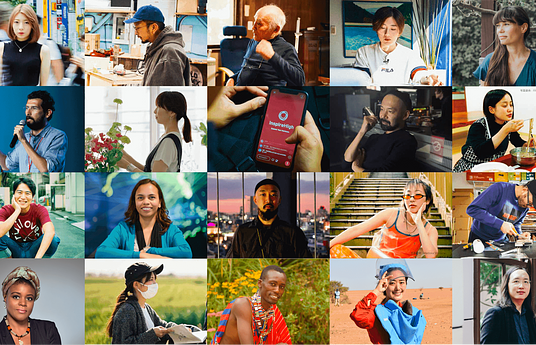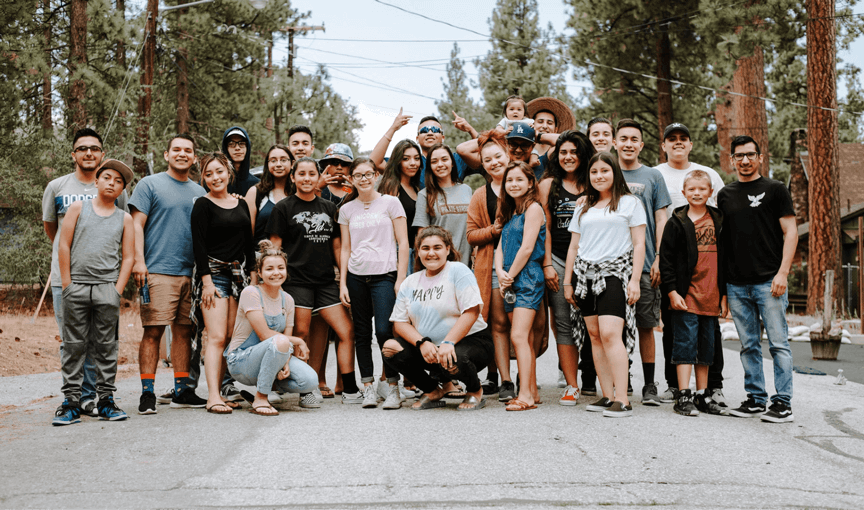Many students experience school as disconnected from their lives, leading to disengagement, low motivation and declining learning optimism. At Vamdrup Skole, we observed that engagement and well-being improved when students worked on meaningful, interdisciplinary, real-world challenges. Students who previously struggled to see the point of school started to participate, collaborate, and take pride in their work.
We created this innovation to reconnect school life with the real world and provide students with agency, purpose and relevance. Weekly project-based learning days offer structured opportunities to solve authentic problems with teachers and community partners, building critical thinking, creativity, collaboration and communication skills.
The model is simple to implement, flexible across contexts and powerful enough to shift school culture. By starting with one class and one team, schools build early success stories that create internal momentum for scaling. Teachers are supported by visual planning models, peer reflection tools and interdisciplinary frameworks that make change sustainable.
Developed with Klimazirkus and now led by Pædagogisk Center (Municipal Pedagogical Center) , Kolding Municipality, the model addresses systemic challenges of disengagement, teacher isolation and fragmented learning. It creates vibrant, purpose-driven school communities — and shows that, with the right structures, innovation is scalable across schools, municipalities and countries.
At Vamdrup Skole, students in lower secondary—and increasingly also in upper primary—engage in weekly “søjledage” (pillar days): dedicated, schedule-free PBL days. Students work in teams to design and co-create solutions to authentic, interdisciplinary challenges grounded in real-life contexts, often collaborating with external partners such as artists, engineers, and community organizations. The model integrates structured PBL tools, including the 5 PBL Types, 8 Core Elements, Spire Model, Innovation Competency Frameworks, and Process Walls. Students prototype ideas in the school’s FabLab, combining creativity, digital fabrication tools, and hands-on learning processes. Teachers, supported by Pædagogisk Center and Klimazirkus, co-plan, adapt, and reflect in professional learning communities, using visual planning models and self-assessment tools to track interdisciplinary growth and real-world problem-solving skills. The model spans all subjects, promotes inclusion, and adapts flexibly to diverse school contexts. Documented outcomes include higher student motivation, deeper ownership of learning, stronger collaboration, and increased learning optimism, supported by local evaluations and student well-being data. The approach is now expanding across age groups and schools and is designed for flexible scaling across municipalities and international education systems.
The innovation began in lower secondary at Vamdrup Skole and is now expanding to upper primary levels. Trained PBL pilots are leading implementation in their schools, supported by certified consultants from Pædagogisk Center (Municipal Pedagogical Center). Teachers from other schools have visited Vamdrup to observe project days, co-plan interdisciplinary units, and adapt the model to their local contexts, helping to create a growing peer learning culture across the municipality. In 2025/26, Pædagogisk Center will organize seven local workshops at each of three new schools beginning implementation, ensuring structured support from the start. Additionally, Pædagogisk Center and Klimazirkus will host joint workshop days open to all municipal teachers, providing opportunities for exchange, inspiration, and shared practice development. Outcomes to date include higher student engagement, stronger interdisciplinary collaboration, deeper student ownership of learning, greater learning optimism, and increased teacher satisfaction and confidence in facilitating PBL. In 2026, we plan to submit a KA2 Erasmus+ project to further build teacher capacity through European collaboration, expand peer learning networks, and support sustainable scaling. Our goal is to scale the model across all schools in Kolding Municipality and to share the approach internationally through strategic partnerships, conferences, and knowledge-sharing networks.
Initially, Vamdrup Skole experimented with full-time PBL across all five school days in lower secondary education. However, through observation and feedback, we learned that students benefited more from a balanced approach. Alternating between traditional classroom instruction and weekly “søjledage” (pillar days) helped deepen their engagement and focus. Students showed improved concentration, stronger academic performance, and greater learning optimism when project-based learning and traditional teaching complemented each other. This led to the current model: dedicated weekly “søjledage” supported by regular classroom instruction, now forming the scalable core of our innovation.
To adopt the innovation, start by using the Klimazirkus PBL temperature tool (available at klimazirkus.com) to assess your school’s PBL mindset and readiness. Form a small team of motivated teachers and leadership to co-plan your first interdisciplinary project day. Use tools such as the Spire Model, the 5 PBL Types, the Process Wall, and innovation competency frameworks to guide your work. Begin with one class and one team to build early success and momentum. Projects should be based on real-world challenges relevant to students’ lives and local communities. Combine classroom work with hands-on experiences where possible, using digital tools such as a FabLab if available — but the model is equally effective in low-tech environments. Encourage peer-to-peer learning among teachers by sharing experiences, co-planning units, and reflecting together after each cycle. Structured support materials, planning templates, and reflection tools are freely available in English. For guidance, coaching or training sessions, schools can contact Pædagogisk Center (Municipal Pedagogical Center) in Kolding Municipality. The model is fully adaptable to diverse contexts, fosters student agency, builds learning optimism, strengthens interdisciplinary collaboration, and supports a sustainable, community-driven culture of real-world learning that can scale across schools, municipalities, and international education systems.



